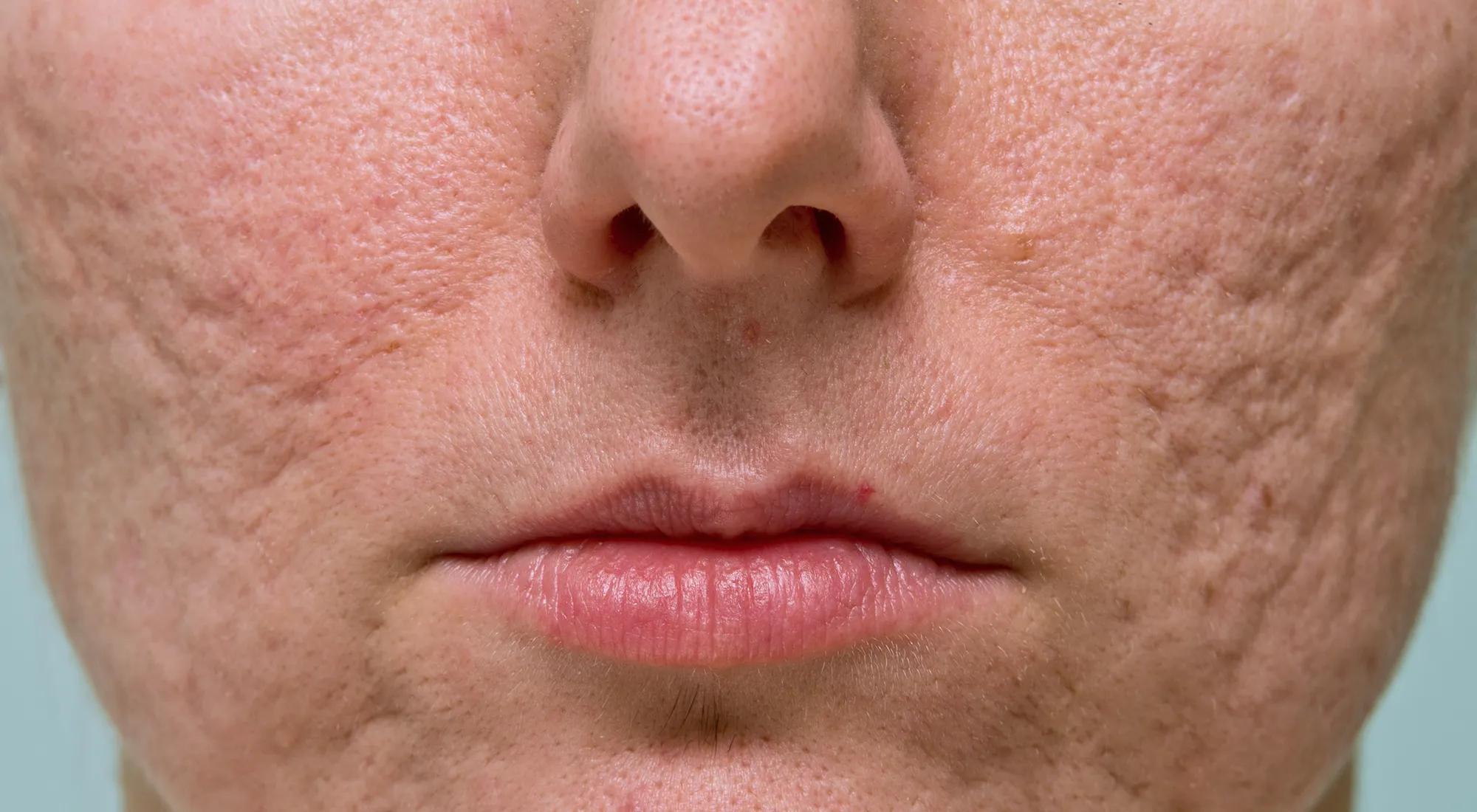Skin Rejuvenation Treatments: The Ultimate Guide to Revitalizing Your Skin
Wiki Article
Checking Out Skin Problem: Identifying and Dealing With Acne Scars for Healthier Skin
Acne scars stand for a considerable problem for people seeking to preserve healthy and balanced skin, as they can affect both appearance and self-confidence. Recognizing the numerous kinds of scars, from atrophic to hypertrophic, is vital for establishing suitable therapy alternatives.Comprehending Acne Marks

The body's natural healing procedure can lead to either atrophic marks, which look like clinical depressions in the skin, or hypertrophic marks, which are increased and result from overproduction of collagen. Furthermore, the emotional toll of acne scars should not be ignored; numerous people report feelings of humiliation, stress and anxiety, and reduced self-worth. This psychological concern can affect social communications and total top quality of life.
Addressing acne scars requires a detailed understanding of their formation and impact. Understanding of the capacity for long-lasting repercussions related to without treatment marks can encourage people to seek appropriate treatments. Early treatment and reliable administration approaches can dramatically enhance skin appearance and enhance mental resilience, stressing the relevance of recognizing the intricacies surrounding acne scars.
Kinds Of Acne Marks
Acne marks can be classified right into unique types, each displaying special characteristics and calling for certain therapy approaches. skin rejuvenation treatments. The main kinds of acne scars consist of atrophic, hypertrophic, and keloid marks
Hypertrophic marks, on the other hand, are raised above the skin level and are the result of too much collagen manufacturing throughout the recovery process. They commonly stay within the limits of the original acne lesion. Keloid scars are similar but expand beyond the original injury site, developing larger, increased locations that can be scratchy or agonizing.
Recognizing these sorts of marks is important for selecting suitable treatment alternatives. Different marks might react better to details treatments, such as laser therapies, fillers, or surgical treatments, emphasizing the significance of a customized strategy to acne scar monitoring.
Determining Your Scars
Acne marks generally fall right into 2 groups: hypertrophic and atrophic marks. These can additionally be categorized into ice-pick scars, boxcar scars, and rolling marks, each exhibiting unique characteristics and calling for various techniques for evaluation.Hypertrophic marks, on the other hand, are raised and happen as a result of too much collagen manufacturing throughout the healing procedure. Identifying the certain features of your marks-- such as size, appearance, and depth-- is crucial for appropriate recognition (acne treatment for sensitive skin). In addition, consider the distribution of scars across your skin, as this can show the extent and duration of the acne problem
Engaging with a skin specialist can provide valuable insights into the nature of your scars, assisting in the distinction between numerous types. An extensive understanding of your scars will eventually bring about a more tailored and effective therapy strategy, making certain a more clear and much healthier complexion.
Therapy Options Readily Available
Determining the specific kind of acne marks present on your skin lays the foundation for exploring efficient treatment choices. Common types of acne marks consist of atrophic (depressed), hypertrophic (raised), and post-inflammatory erythema.For atrophic marks, options such as chemical peels, microneedling, and laser resurfacing are extensively utilized. Chemical peels off use acids to eliminate the outer layer of skin, advertising new cell growth.
Hypertrophic marks can directory be treated with corticosteroid shots to squash the scar or laser treatment to decrease inflammation and improve look. Silicone gel sheets and pressure dressings might likewise aid in managing raised marks.
In enhancement, facial fillers can briefly complete clinical depressions from atrophic scars, while surgical excision might be suitable for extreme cases. Each therapy alternative has its advantages and considerations, making it important to seek advice from a skin doctor. They can offer personalized recommendations based upon the kind and intensity of your scars, along with your skin type and total health and wellness.
Tips for Avoidance
Efficient prevention methods can considerably lower the likelihood of establishing acne marks. Using non-comedogenic products aids protect against clogged pores, which can intensify acne.
Preventing the impulse to pick or pop acne lesions is essential, as this can cause deeper skin damages and enhance the risk of scarring. Instead, consider making use of a chilly compress or over the counter treatments to minimize swelling and redness.
Sunlight defense is another important facet of avoidance; ultraviolet (UV) rays can darken marks and prevent the recovery procedure. Applying a broad-spectrum sun block with a minimum of SPF 30 daily can safeguard the skin and promote also healing.
Last but not least, preserving a well balanced diet plan rich in minerals, vitamins, and antioxidants sustains skin health and recovery. Staying moisturized and handling tension degrees can also play a considerable role in minimizing acne flare-ups. By executing these approaches, individuals can dramatically reduce their opportunities of creating acne marks.
Final Thought
In verdict, understanding and determining acne scars is important for efficient treatment and attaining healthier skin. Various types of acne scars, including atrophic and hypertrophic scars, necessitate particular treatments customized to individual needs.The body's natural recovery procedure can result in either atrophic marks, which show up as clinical depressions in the skin, or hypertrophic these details marks, which are increased and result from overflow of collagen. They are further split into three subtypes: ice pick scars, boxcar marks, and rolling marks. Acne marks normally fall into two categories: atrophic and hypertrophic scars. These can further be identified right into ice-pick marks, boxcar scars, and rolling scars, each exhibiting distinctive features and you could check here calling for various approaches for analysis.
Numerous types of acne scars, consisting of hypertrophic and atrophic scars, necessitate specific treatments tailored to private needs.
Report this wiki page